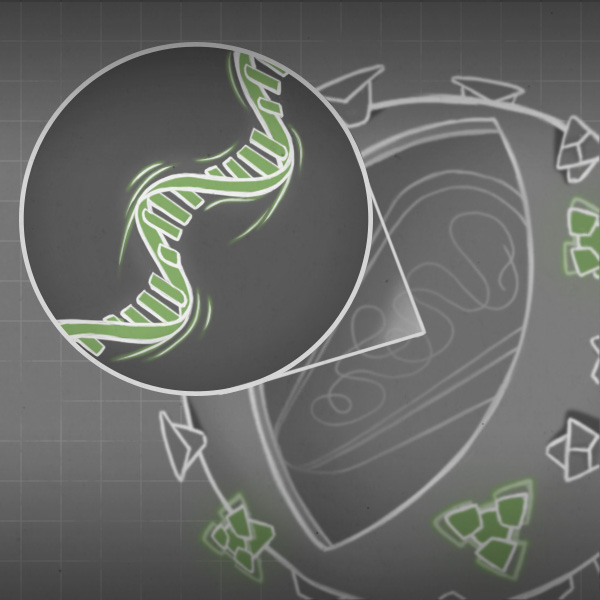
Toward a dynamics-based description of viral envelope glycoprotein function
Enveloped viruses enter cells by fusing the viral membrane with a cellular membrane. The energy needed to fuse membranes is contained entirely within the metastable conformation of viral envelope glycoproteins, which reside on the surface of the virion. This energy is liberated through a cascade of conformational changes that ultimately bring the viral and cellular membranes together.
Representative publications:
Direct visualization of the conformational dynamics of single hemagglutinin trimers
Das DK, Govindan R, Nikic-Spiegel I, Krammer F, Lemke EA, & Munro JB
Cell 174: 926-937
2018
Pubmed Link
Viral immune evasion by conformational masking
Viral envelope glycoproteins are the primary targets of the host antibody response. We develop biophysical methodologies to understand how envelope glycoproteins conceal functional centers from attack by antibodies while maintaining responsiveness to cellular cues that trigger membrane fusion.
Representative publications:
Real-Time Analysis of Individual Ebola Virus Glycoproteins Reveals Pre-Fusion, Entry-Relevant Conformational Dynamics
Durham ND, Howard AR, Govindan R, Senjobe F, Fels JM, Diehl WE, Luban J, Chandran K, & Munro JB
Viruses 12: 1
2020
Pubmed Link
RNA dynamics during regulation of virus replication
RNA structure is intimately involved in the regulation of virus replication. RNAs of modest size can have multiple functional roles by adopting distinct conformations at different steps of the replication cycle. We develop biophysical tools to probe these dynamics and understand the viral and cellular factors that shape RNA structure and conformation.
Representative publications:
Stability and conformation of the dimeric HIV-1 genomic RNA 5’UTR
Blakemore RJ, Burnett C, Swanson C, Kharytonchyk S, Telesnitsky A, and Munro JB
Biophysical Journal 120: 4874
2021
Pubmed Link